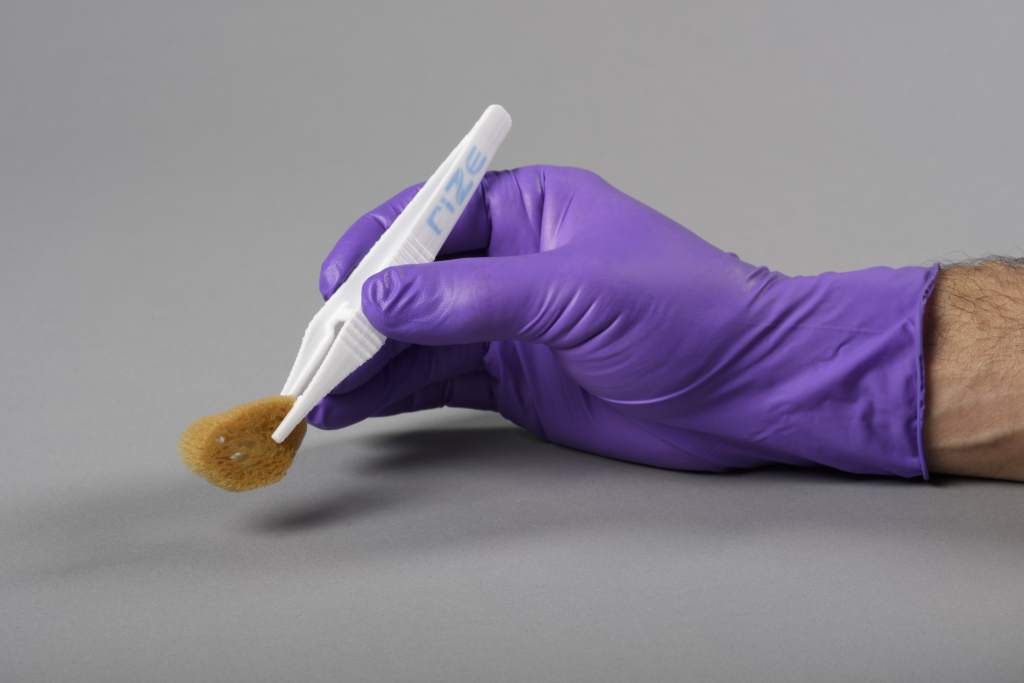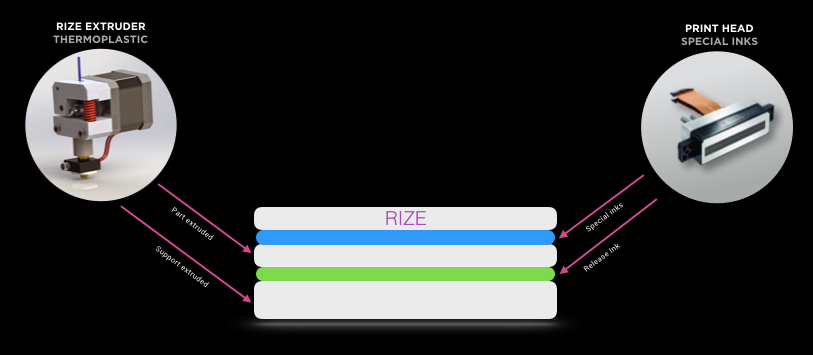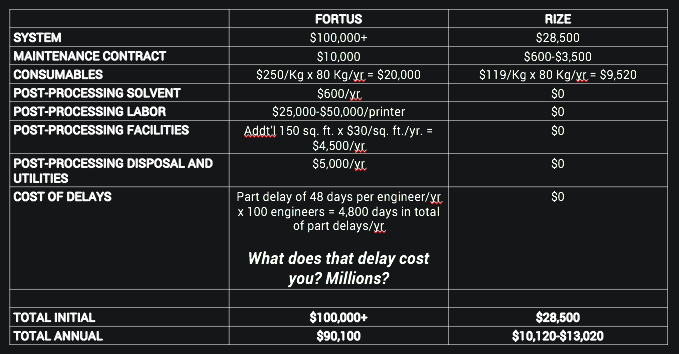Massachusetts based 3D printer manufacturer Rize Inc. has announced the first commercial production run, and shipment, of its primary product line – the Rize One 3D printer. Designed to dramatically cut post processing time in comparison with the competition, the Rize One is installed with patented Augmented Polymer Deposition (APD) technology that promises “on-demand 3D printing of injection molded-quality parts.”
Delivery of the first commercial units comes just six months after the 3D printer’s initial launch, and has already seen the company hit a number of business goals for 2017.

A rapid turnaround for 2017
In the first half of 2017 Rize has completed its first customer sales of the Rize One and turned around production and commercial delivery. This in turn has seen significant expansion of the company’s sales channels within the U.S., and the addition of software expert Santhana Krishnan to the Rize Board of Directors.
On the progress of the company, Rize Inc. Founder and President Eugene Giller comments,
We are seeing increasing worldwide demand for our Rize One 3D printer, particularly among global manufacturers and healthcare facilities, and we are excited to have begun shipping. Our passionate and deeply experienced team has accomplished an enormous amount in a very short timeframe. We are working to quickly expand our go-to-market initiatives, while continuing to develop innovative new products.

Fused Filament Fabrication (FFF) meets material jetting
The APD method in the Rize One merges extrusion-based 3D printing with inkjet technology through a two-head system. First, the Rize extruder deposits a layer of thermoplastic to be used as support material. After this, an inkjet print head delivers a layer of “release ink”. On top of the release ink subsequent layers are 3D printed to make an object.

More inks can be added in between thermoplastic layers from a second channel in the inkjet head. These functional inks are added to change the properties of the plastic, i.e. conductivity and insulation (forthcoming in ink form), or create a gradient of color throughout the object.
Afterwards, the finished part can be easily removed from its scrap support material by hand.
Rizing to the challenge
To prove the capabilities of the APD process, Rize has conducted a series of tests against materials from Stratasys, Markforged, and EnvisionTEC. Results of the functional strength tests show, in the chart below, that Rizium One matches and in some cases surpasses the performance of competing materials, including machined and carbon fiber reinforced Nylon, ABS, and PC ABS.

A more in-depth comparison of the Rize One against the Stratasys Fortus has also been conducted by a consumer packaged goods (CPG) manufacturer. The test showed the CPG “agreed that [the Fortus] is the closest comparable system to Rize One from a capability standpoint.”
The two 3D printers were reiterated to perform four different production runs, and findings showed “on average, completion of all four iterations of an idea takes four days less per engineer using Rize vs. Fortus (and 16 fewer days vs. outsourcing).” This means that “Rize is 20% faster per idea per engineer than Fortus and enables each engineer to produce 25% more ideas/concepts than Fortus.”
The data collected is based on a factory with 100 engineers working on 100 ideas per year. A summary of the results can be found in the table below.

Rize also supplement this data with a price breakdown in the CPG comparison article. Outright cost to buy the Rize One machine is around a third of the average cost of the Fortus, which is typically priced in excess of $100,000.

What’s next for Rize?
3D Printing Industry got the first in-depth preview of Rize APD technology in September 2016, after which Frank Marangell, former President and CEO of the company, contributed his opinions to the Future of 3D Printing guest article series. Rize VP of marketing Julie Reece also recently created a call to action for more female panellists to be included at additive manufacturing trade shows.
Now sales of the Rise One 3D printer has begun in earnest, this will prove be an interesting year for the company.
Stay up-to-date with the latest 3D printing news by subscribing to our newsletter and following us on twitter and Facebook.
Featured image: The Rize One 3D printer at RAPID + TCT. Photo by Michael Petch.



